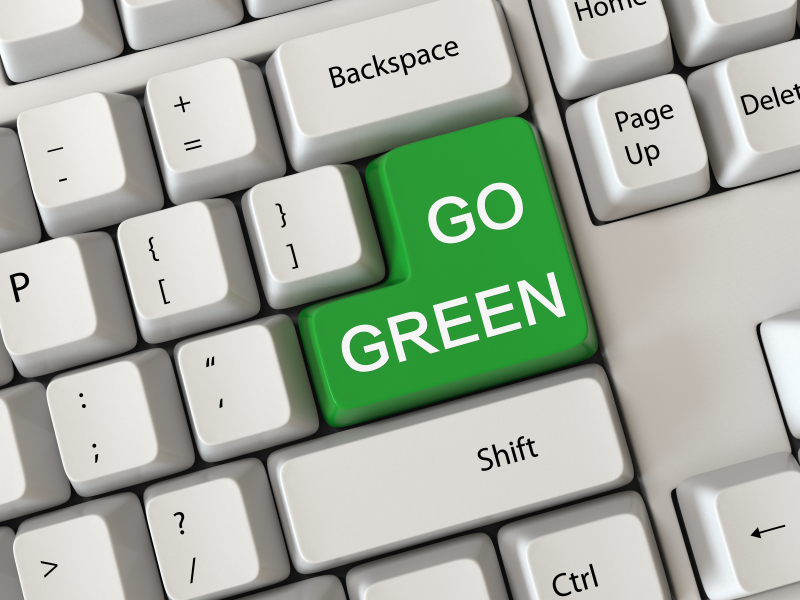
|
EPR
Extended Producer Responsibility (EPR) calls on those in the product life cycle—manufacturers, retailers, users, and disposers—to share responsibility for reducing the environmental impacts of products. There is an effort by groups such as the Product Stewardship Institute to develop and promote legislation and voluntary initiatives whereby manufacturers are responsible for recycling or safely disposing of their products once consumers are done with them.
EPA efforts
One way to embrace ERP and avoid the problems associated with waste and disposal is to try to buy and use greener products. See if your suppliers are involved in or interested in being part of the Green Suppliers Network, a collaboration between the EPA and industry. The EPA also has advice for manufacturers, institutional purchasers, and retailers on how buying green products can make a difference for their business on the Green Products Portal. EPA’s Safer Choice Initiative can help businesses (and consumers) find greener products.
The EPA promotes claims that efforts to promote Green Chemistry, that is, designing chemical products and processes to reduce or eliminate the generation of hazardous substances, will strengthen the economy and save businesses over $65 billion by 2020. According to a report commissioned by the American Sustainable Business Council and the Green Chemistry & Commerce Council, the market for safer chemicals is estimated to have 24 times the growth of conventional chemicals market worldwide, from 2011 to 2020.
Your one-stop safety management resource, available 24/7. Go here to take a no-cost site tour or here to try it in your own office!
OSHA efforts
OSHA has developed a toolkit to help employers transition to safer chemicals in the workplace. According to OSHA, eliminating and reducing hazardous chemicals offer benefits beyond worker safety. These benefits include:
- Cost savings that will reduce expenses and future risks;
- Efficiency by improving performance;
- Recognized industry leadership by investing in innovation to stay competitive; and
- Corporate stewardship by advancing socially responsible practices.
State efforts
Some states, most notably California, are heavily invested in green chemistry and product stewardship efforts. However, a number of states, even some not involved in green chemistry initiatives, have developed sustainability laws through take-back programs, disposal bans, and product and packaging bans.
Great news! BLR’s renowned Safety.BLR.com® website now has even more time-saving features. Take our no-cost site tour! Or better yet, try it at no cost or obligation for a full 2 weeks.
Take-back programs. A number of states have developed “take-back” regulations for certain products, such as pharmaceuticals and electronics. Some state take-back programs have requirements for manufacturers and retailers. Under Maryland’s Statewide Electronics Recycling Program, certain new electronics may not be distributed or sold unless the manufacturer is in compliance with the law. Both manufacturers and retailers can be fined up to $50,000 per day per violation.
Although there are no nonhazardous waste disposal or product bans at the federal level, many states have enacted disposal and product bans.
Disposal bans. Disposal bans are one mechanism for encouraging recycling by prohibiting the landfill disposal of particular wastes. Several states have enacted disposal bans on wastes that can be efficiently recycled, such as lead-acid and nickel-cadmium batteries, used oil, fluorescent lamps and other mercury-containing devices, yard waste, used tires, and white goods or large appliances.
Product and packaging bans. Like disposal bans, product and packaging bans encourage wastestream reduction by preventing certain types of wastes or the amount of waste from entering the market. These bans have been enacted in several states against products such as plastic bags, polystyrene foam packaging, and plastic beverage container holding rings.
